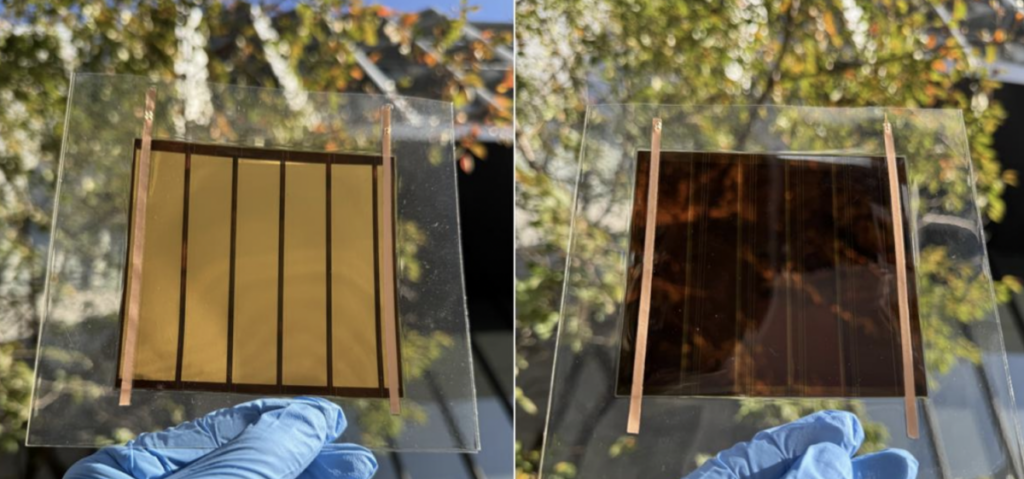Japanese researchers have designed a 100 cm² perovskiet solar cell module with a robust single -walled carbon nanobuis (CNT) electrode to improve durability and to enable double sided light absorption.
A research team at Nagoya University, in collaboration with the Japanese Denso Corp., has developed a 100 cm² perovskiet solar cell module that uses a single Muurcn electrode. The scientists try to improve the sustainability and performance of perovskiet solar technology.
Yutaka Matsuo, a researcher of the Chemical Systems Engineering department The project led at the Graduate School of Engineering of Nagoya University. His team FOcused about tackling the big challenge of sustainability that confronts the solar cells of Perovskiet. Traditional metal electrodes used in such solar cells suffer from oxidation and corrosion, which influence the long -term stability of the cells.
CNT electrodes, on the other hand, are chemically stable, very resistant to oxidation and make efficient cargo transport possible due to their high electronic conductivity. Their flexibility and transparency also make double sided light absorption possible, which improves the energy output of the cells. This makes CNT electrodes suitable for use on flexible substrates or curved surfaces, which, according to the researchers, offers greater design flexibility.
The researchers used CNT electrodes such as Hole-Gift PLEACTRES in Perovskiet solar cells, further improved with performance and durability with the help of 2.2,2-trifluorethanol, a mild hole doping material. The transparent nature of CNT electrodes ensures a more aesthetically pleasant design compared to traditional opaque metal electrodes. When applied to windows, the double sided light absorption makes generation of power from both outside and inner light possible.
Although the power conversion efficiency of CNT-PSCs is slightly lower than that of traditional golden electrode perovskite solar cells, the ability to absorb light from both sides, maintaining this difference, maintaining overall efficiency. The CNT electrodes contribute to improved durability, because they do not accelerate the decomposition of the perovskiet material as metal electrodes.
The research team also started with demonstration tests of CNT-PSCs at Nagoya University, with CNT-PSCs and organic photovoltaic cells (CNT-OPVs) installed on Windows in the National Innovation Complex. The demonstration tests record energy output, light intensity, temperature and humidity. The setup is designed to use stored solar energy to light LEDs, promoting the development and consciousness of renewable energy technologies.
The research paves the way for the commercialization of CNT-based perovskite solar cells, which means that the landscape of solar energy may be transformed by offering a more sustainable, flexible and efficient solar technology.
Japan accelerates his urge to Perovskiet -Zonnet technology, with the Ministry of Economy, Trade and Industry (Meti) with a striving for 20 GW from Perovskite implementation by 2040. At the end of November 2024, Meti projected Meti in February, Meti in February, Meti in February, with a $ 1.5 Billion Billion. Perovskite production.
In January 2025, Sekisui Chemical Perovskite pilot projects with MUFG Bank launched to test the performance and sustainability of perovskiet panels in urban environments. In the meantime, a Japanese consortium started testing flexible Perovskiet modules in the Osanbashi Pier of Yokohama at the end of 2024, with the aim of improving efficiency and sustainability.
This content is protected by copyright and may not be reused. If you want to work with us and reuse part of our content, please contact: editors@pv-magazine.com.

